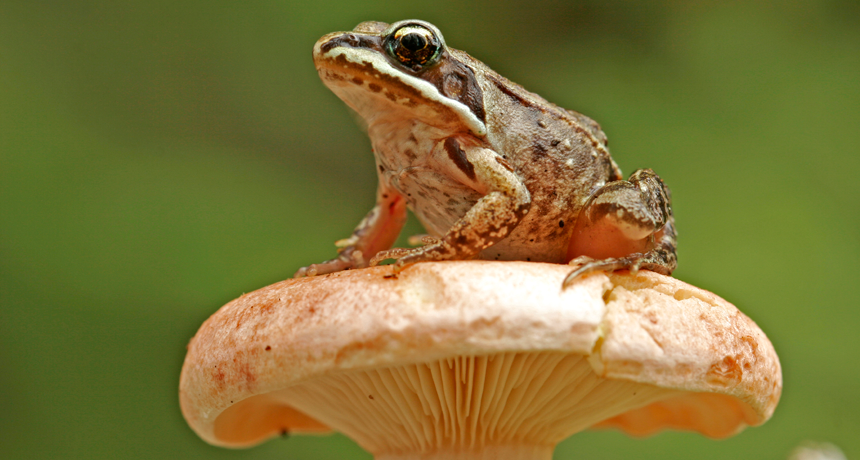Preventing frog-sicles
Trio of chemicals keeps some frogs from freezing to death

Wood frogs in some regions appear to rely on antifreeze to survive extreme winters.
Donyanedomam/iStockphot
Trio of chemicals keeps some frogs from freezing to death

Wood frogs in some regions appear to rely on antifreeze to survive extreme winters.
Donyanedomam/iStockphot